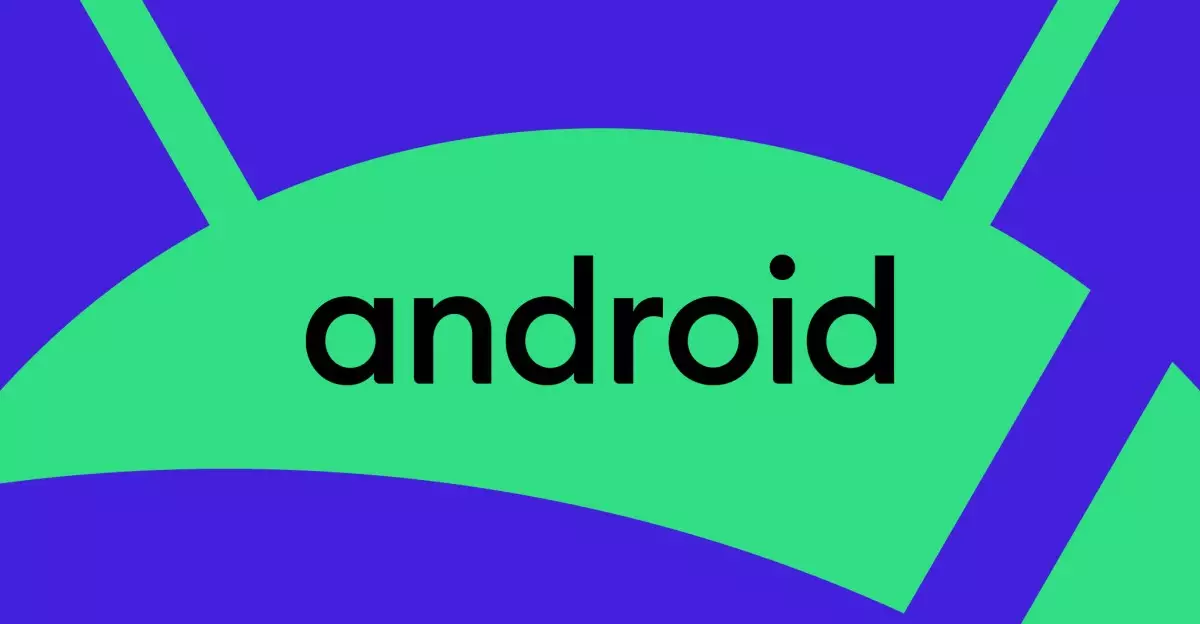In the fast-paced realm of mobile technology, innovations are paramount to maintaining user engagement and enhancing functionality. Android 16 is poised to make waves with a new feature that many tech enthusiasts have eagerly anticipated: lock screen widgets. While this feature has already enriched the experience on the Pixel Tablet, its anticipated rollout to Android phones signals a significant evolution in how we interact with mobile devices. Trade-offs are always present in technology, yet the introduction of these widgets seems to tip the scales towards increased convenience and versatility.
A Glimpse into Functionality
Lock screen widgets provide users with immediate access to vital information and functionalities without the need to unlock their devices. This could include notifications, weather updates, or even quick access to apps like music players. Such accessibility cannot be understated, as it caters to the modern user’s lifestyle marked by speed and efficiency. However, Google’s approach does emphasize security by requiring authentication for certain actions; users need to authenticate their identity for sensitive operations. This feature, necessary in today’s world filled with privacy concerns, exemplifies the balance technology companies must find between usability and security.
Customization and Compatibility
Developers are about to face an intriguing choice: enabling or disabling lock screen widget compatibility within their apps. This flexibility may lead to a fragmented user experience, depending on how app developers choose to engage with this feature. While this customization allows for personalized app experiences, there looms the challenge of inconsistency across devices and applications. Will this diversity enhance user satisfaction or introduce potential confusion? These are pertinent questions that Android enthusiasts will grapple with as the feature matures.
Challenges Ahead
The nuances in functionality between the Pixel Tablet and Android phones must be highlighted. For instance, the current implementation on phones limits widgets to the screensaver mode, which is only active when the device is docked or charging. This limitation, while understandable in terms of conserving battery life, dilutes the feature’s potential impact. Users are left with a sense of missed opportunity, as the true power of widgets lies in their accessibility. Furthermore, the vertical stacking of widgets on phones compared to the two-row grid on tablets presents another hurdle—an inconvenient user interface that could frustrate users who are accustomed to more expansive screen interactions.
Looking to the Future
As we approach the rollout of Android 16, it will be intriguing to observe how different manufacturers choose to customize the lock screen widget experience. The potential for varied designs and functions could either enrich the Android ecosystem or create a disjointed experience for users. The fate of this feature will depend on developers’ willingness to adapt and how effectively hardware manufacturers integrate these widgets into their devices.
What remains clear is that Google is striving to deliver a richer user experience by tapping into new interface innovations. Whether they succeed will rely not only on the technical aspects of these widgets but also on their overall adoption and utility in everyday scenarios. The landscape of mobile tech is rapidly evolving, and the introduction of lock screen widgets might just be the beginning of a transformative wave.

